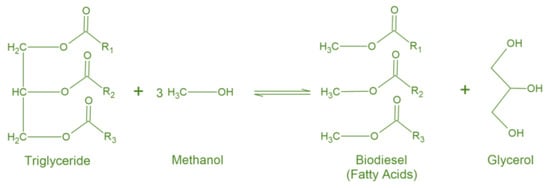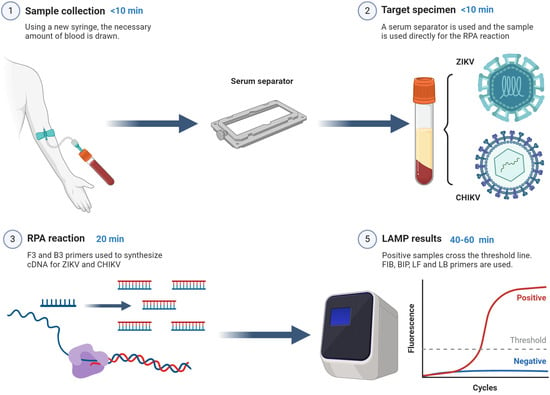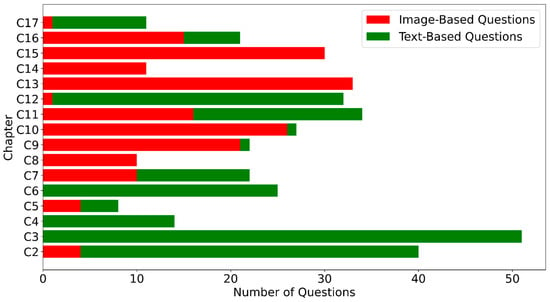Bidens tripartita L. is a cadmium (Cd) accumulator. However, the real-time influx or efflux of Cd
2+ around its root apex has not yet been performed. The object of this experiment was to compare the roles of added ions in solution on dynamic Cd extraction by
B.
tripartita root tip. Quartz sand was used to grow the seedling of
B. tripartite. The Cd concentrations of all samples were determined by using ICP-OES after digestion. The Cd
2+ influx around the root apex was measured in vivo, i.e., using non-invasive micro-test technology (NMT). The results showed that the Cd
2+ influx was found to be decreased by 35.9%, 43.7%, 20.6%, and 57.5% under 10 μM Cd combined with high content Ca
2+, Mg
2+, Fe
3+, or K
+ (16 mM, 8 mM, 0.5 mM, 18 mM, respectively), compared to that under 10 μM Cd stress. But Cd treatments with low content ions with 0.05 mM Fe
3+ or 0.5 mM S increased the Cd
2+ influx in roots by 20.5% and 34.6%, respectively. It was also found that Cd treatment with high concentrations of Ca
2+ or K
+ increased the shoot biomass of
B. tripartita seedlings. Chl a and b contents were significantly decreased in the Cd treatments with low concentrations of Fe
3+ or S compared to those under Cd stress alone, and the dehydrogenase activity of the roots decreased in the treatment of Cd with 0.05 mM Fe
3+ or 0.5 mM S. Our results indicate that the addition of 0.05 mM Fe
3+ or 0.5 mM S promoted Cd
2+ influx and Cd uptake by
B. tripartita. Unlike traditional measurement, the Cd
2+ movements of three-dimensional space around the
B. tripartita root tip had been performed by NMT. It was suggested that the effects of S and Fe
3+ on the remediation potential of
B. tripartita need to be further researched in the future. The results of this study provided a real-time and micro-dynamic theoretical basis for phytoremediation mechanisms.
Full article
 IJMS
IMPACT
IJMS
IMPACT Applied Sciences
IMPACT
Applied Sciences
IMPACT Sustainability
IMPACT
Sustainability
IMPACT Sensors
IMPACT
Sensors
IMPACT JCM
IMPACT
JCM
IMPACT Materials
IMPACT
Materials
IMPACT Molecules
IMPACT
Molecules
IMPACT Energies
IMPACT
Energies
IMPACT Electronics
IMPACT
Electronics
IMPACT Remote Sensing
IMPACT
Remote Sensing
IMPACT Cancers
IMPACT
Cancers
IMPACT Nutrients
IMPACT
Nutrients
IMPACT Mathematics
IMPACT
Mathematics
IMPACT Foods
IMPACT
Foods
IMPACT Buildings
IMPACT
Buildings
IMPACT Polymers
IMPACT
Polymers
IMPACT Animals
IMPACT
Animals
IMPACT Water
IMPACT
Water
IMPACT Plants
IMPACT
Plants
IMPACT Agronomy
IMPACT
Agronomy
IMPACT Biomedicines
IMPACT
Biomedicines
IMPACT Processes
IMPACT
Processes
IMPACT Microorganisms
IMPACT
Microorganisms
IMPACT Diagnostics
IMPACT
Diagnostics
IMPACT Nanomaterials
IMPACT
Nanomaterials
IMPACT Viruses
IMPACT
Viruses
IMPACT Medicina
IMPACT
Medicina
IMPACT Healthcare
IMPACT
Healthcare
IMPACT Cells
IMPACT
Cells
IMPACT Forests
IMPACT
Forests
IMPACT Agriculture
IMPACT
Agriculture
IMPACT Land
IMPACT
Land
IMPACT JMSE
IMPACT
JMSE
IMPACT IJERPH
IJERPH
 Symmetry
IMPACT
Symmetry
IMPACT Genes
IMPACT
Genes
IMPACT Pharmaceutics
IMPACT
Pharmaceutics
IMPACT Coatings
IMPACT
Coatings
IMPACT Micromachines
IMPACT
Micromachines
IMPACT Pharmaceuticals
IMPACT
Pharmaceuticals
IMPACT Atmosphere
IMPACT
Atmosphere
IMPACT Children
IMPACT
Children
IMPACT Religions
IMPACT
Religions
IMPACT Antioxidants
IMPACT
Antioxidants
IMPACT Life
IMPACT
Life
IMPACT Metals
IMPACT
Metals
IMPACT Biomolecules
IMPACT
Biomolecules
IMPACT Vaccines
IMPACT
Vaccines
IMPACT Education Sciences
IMPACT
Education Sciences
IMPACT Minerals
IMPACT
Minerals
IMPACT Horticulturae
IMPACT
Horticulturae
IMPACT Brain Sciences
IMPACT
Brain Sciences
IMPACT JPM
IMPACT
JPM
IMPACT Bioengineering
IMPACT
Bioengineering
IMPACT

























